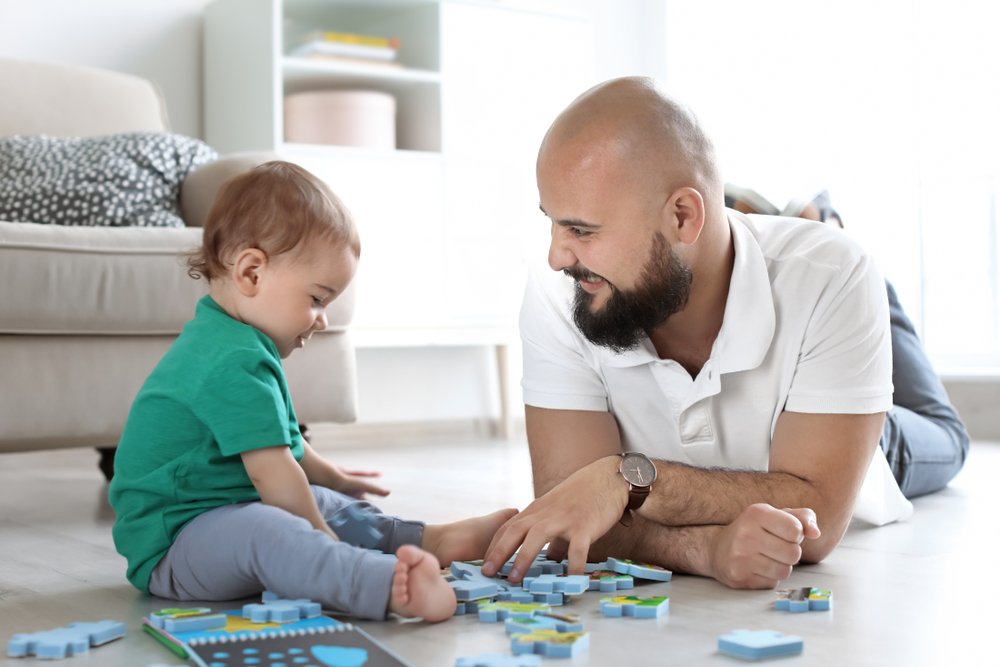Key points:
1. Children understand concepts like big and small and start grasping numbers and spatial prepositions.
2. Gestures play a role in how children express their cognitive understanding, especially when learning something new.
3. Children often use gestures to explain their problem-solving procedures, which enhances their learning.
4. Gestures can help children adjust their problem-solving strategies, benefiting their cognitive development.
We’ve previously discussed how your little one starts communicating through gestures since they’re around 5 months and how different types of gestures impact their learning process. We’ve also mentioned the discovery of how preschoolers use gestures to better understand a situation and how this correlates to their efficacy when doing a task. Today, we’ll briefly talk about gestures and how they impact children’s problem-solving skills.
Gestures and problem-solving skills
Around this time, you’ll notice that your child is starting to understand simple concepts like the difference between big and small. As you continue to foster their cognitive development, you’ll see how they start understanding numbers, spatial prepositions, and making mental representations of an object. You might notice that they even understand a lot more words than they can say. It’s been demonstrated that adults and children express their cognitive understanding through gestures before they are able to put it into words, especially when learning something new.
Because your child’s comprehension, planning, and judgment skills are being fostered every day, they’ll encounter challenging situations when playing. For example, they’ll have to figure out how to make a toy work, sort objects, or complete puzzles. You might notice that some activities are more challenging for them than others. You might also notice that when you ask them about what they did to make the toy work, they won’t come up with the answer right away, but instead, they will show you the button they pressed to turn on the toy.
When children explain how they understand a problem-solving procedure, they often express some aspects of their knowledge with gestures and not words. Studies show that children from 18 months to 6 years of age learn more when performing the task of solving a wooden-block puzzle when their parents provide concrete gestures. When the caregivers used gestures, like touching and referencing the objects, the children used their approach to arrange the pieces together. When parents provided pointing and a hands-on demonstration, the children learned how to manipulate and rotate the pieces to fit in less time. And when the adult guided the child on how to arrange the pieces, the kid was able to adjust them. Using gestures provides instructional input, thus children are more likely to alter their problem-solving strategies, benefiting their learning.
Here are some ideas to use gestures and solve problems with your child
- Sorting games: Practice sorting all their toys by color, size, or shape. You can get creative and use other categories like animals, cars, balls.
- Play hide and seek: This game has been proven to foster your child’s mental flexibility by allowing them to see different points of view in a situation.
- Mystery boxes: Take some small objects and hide them in different containers. Help your child open and identify their characteristics.
- Peg puzzles: Problem-solving, planning, attention, and the ability to take action are all being fostered every time you help your child complete a simple puzzle.
- Board games: If you think your little one might be too young, you can use a board game and simplify the rules.
- Card games: Have fun sorting them by color and identifying the shapes.








